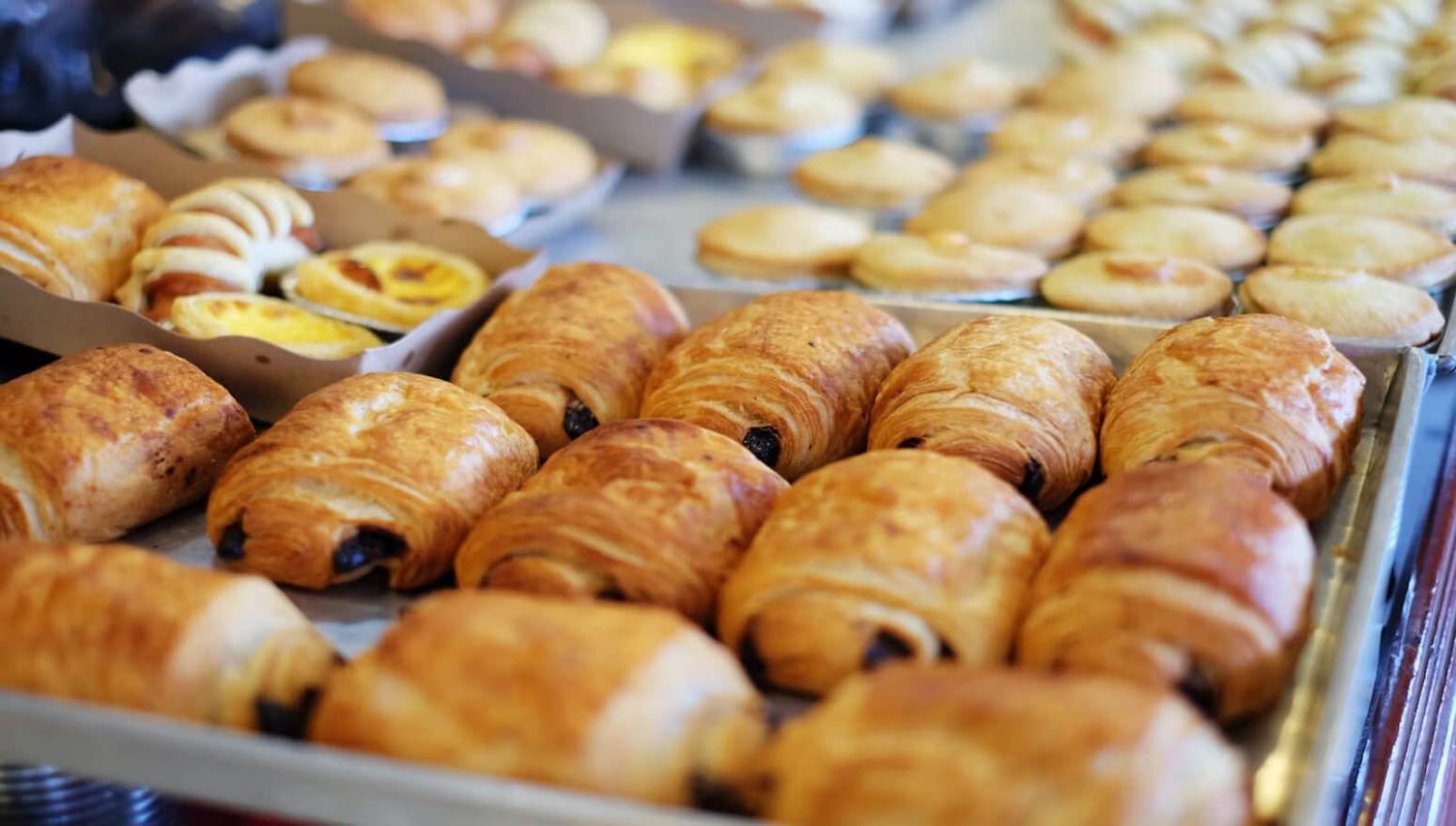The ready meal industry is going from strength to strength. With fresher and healthier options coming onto the market all the time, it’s fair to say that food processing technology has come a long way since the first ready meal was produced. Keep reading to learn all about the rise of the ready meal and how processing equipment has evolved to keep pace with the convenience food sector.
- The rise of the ready meal
- History of ready meals
- Why are ready to eat meals so popular?
- Ready meal market stats & predictions
- The response: innovation in food processing
The rise of the ready meal
There are more convenience meals lining supermarket shelves than ever before. From curries and casseroles to traditional roast dinners and vegan rice bowls, today consumers don’t just demand convenience but they want it to be healthy too.
But how did we get to where we are today? Where did the rise of the ready meal come from?
History of ready meals
Most people agree that the forefather of today’s ready meal is the 1950’s American TV dinner. A food company called Swansons had the genius idea to package up into convenient foil trays their surplus Christmas turkey with all the trimmings. Marketing it as the “TV dinner”, the first ‘heat and eat’ meal was a huge success, with 10 million reportedly sold in the first year.
By the early 1960s, TV dinners were being produced in Australia. However, it wasn’t until domestic freezers became the norm that ready meals really took off. By 1971, Birds Eye was advertising oven-ready meals for two: Fisherman’s Pie, Cod Lorraine and Cod Mornay.
We have the household microwave and advances in food processing equipment to thank for the chilled, but not frozen, ready meals that we see today.
Why are ready to eat meals so popular?
A rise in divorce rates, resulting in more men being forced into cooking for themselves, coupled with more women entering the workforce, rather than staying at home to cook for the family, are just two factors that contributed to the initial popularity of ready meals.
Ultimately, ready meals are and always have been about convenience. They are a time and labour saving solution for busy working people.
Ready meal market stats & predictions
In Australia, the market size of prepared meals in 2023 is $1.5 billion. Over the past five years, the sector has seen both growth and reduced demand; consumers are choosing healthy ready meals more, and becoming less interested in traditional ready meals like frozen pizza. It is predicted that food processors will diversify their product ranges and manufacture more premium products in response to rising health consciousness.
In New Zealand, trends and predictions are roughly on a par with Australia, with revenue in the segment amounting to US$0.85bn in 2023. The market is expected to grow annually by 5.00%.
The response: innovation in food processing
Soups, sauces and ready meals are popular convenience foods today that require specialist food processing equipment if they are to be produced safely in large volumes.
Foods that are cooked in advance and stored before delivery to supermarkets or restaurant chains must retain a safe extended shelf-life and be excellent quality. For food processors seeking an efficient and safe solution to this condundrum, a cook-chill system is the answer.
Developed by DC Norris (DCN) as an economical alternative to traditional cook-and-serve methods, the cook-chill system safely pasteurises by heating to a high temperature, then rapidly cools to slow the spoilage caused by microbial growth. This DCN equipment can help manufacturers to produce large volumes of ready meals with a safe extended shelf-life, whilst also retaining quality, taste, texture and aroma.
How does the DCN cook-chill system work?
Step 1: Cook
Product is cooked using DCN’s steam cooking kettle.
Step 2: Package
The DCN pump fill station transfers food at 85-95◦C into packages and seals them.
Step 3: Chill
Bags are conveyed into a DCN tumble chiller where they are gently circulated in chilled water to rapidly drop the temperature from 95◦ to below 5◦C.
Step 4: Refrigerated storage
Bags are placed in chilled storage where they can remain for up to 45 days.
From here, bags can be transported to various locations or retail outlets for safe reheating and consumption. Ready meals don’t get much more safe, efficient, or high quality than this.
There we have it. Now you know all about the rise of the ready meal and how food processing equipment manufacturers like DCN have innovated to meet the consumer demand. If you’d like further details about the DCN machines we supply or any of the other industrial cooking equipment we have available, please don’t hesitate to contact our friendly team on AUS 1800 882 549 or NZ 0800 100 003.






